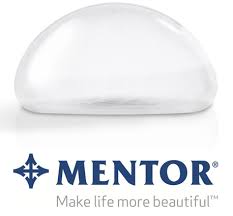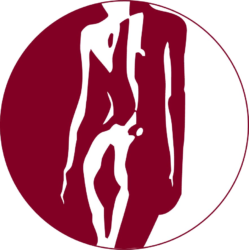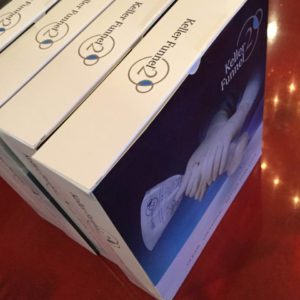Our newest team-member, Hannah, wrote some notes after a discussion about breast implant types, different manufacturers and abbreviations regarding the different breast implants.

Here are her excellent notes:
Today Karla hosted a meeting where she encouraged us to ask any questions so we could have an open discussion. We ended up spending the majority of the time talking about the different types of implants and their abbreviations.
Here are the Breast Implant notes that I took:
In 2006 Mentor and Allergan both came out with a gel implant. This implant was commonly referred to as the “gummy bear” implant. Before these implants got approved, only patients who were participating in a study could get gel implants, and only saline implants were readily available. These same gel implants are still widely used today. Even if this implant is cut open, the gel will stay together, which is why they are referred to as cohesive silicone gel implants. Textured teardrop shaped implants were released that were highly cohesive and offered by both Natrelle and Mentor. Allergan called their version of the highly cohesive anatomically shaped implants “Style 410.” Highly Cohesive Silicone Gel Matrix holds its shape whether you are standing or sitting. Many patients referred to the highly cohesive implants as “gummy bear implants” as well. These will hold shape while standing, but because they are anatomically shaped, they will have less fullness at the top and the implant pocket must be very tight to minimize risk of rotation. Specifically the Allergan Style 410 have been linked to late forming seroma.
Allergan Inspira Responsive
- Low Profile- SRL
- Low Plus Profile-SRLP
- Moderate Profile- SRM
- Full Profile- SRF
- Extra Full Profile- SRX
Allergan Inspira Cohesive
- Low Profile- SCL
- Low Plus Profile- SCLP
- Moderate Profile- SCM
- Full Profile- SCF
- Extra Full Profile- SCX
Mentor Breast Implants
- Moderate Classic- MC
- Moderate Plus Profile- M+ or MPP
High Profile- HP - Ultra High Profile- UHP
Silicone Gel Implant History
Silicone gel implants were available way back in 1960s, and they are pretty much the same gel as the ones that were approved in November 2006.
They’d been used for decades and were taken off the market because of lack of safety profile studies. When the studies showed that the silicone gel implants were safe, they were brought back on the market in Nov 2006.
Takeaway from Breast Implant Types Meeting
The biggest takeaway from this meeting is that there is so much information about these implants online. The patients often have a hard time keeping the information straight, so the guidance from a very experienced plastic surgeon is invaluable. This is why the consultation is such an important aspect of the surgical process for patients. Many times, patients think that they can get the same look as their friend, but their body affects the final outcome just as much as the implants do.
Thank you Karla for this very educational lunch meeting!
Above are notes from Hannah, our newest team-member to Surgical Artistry. We specialize in Breast Augmentation in Modesto.


